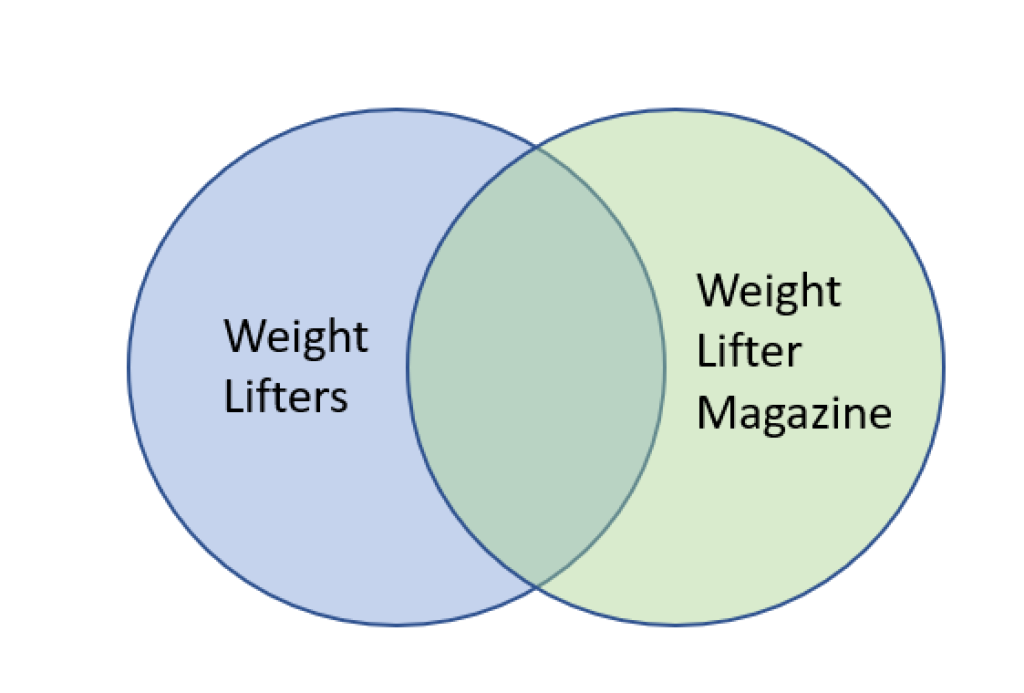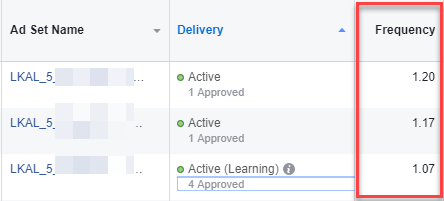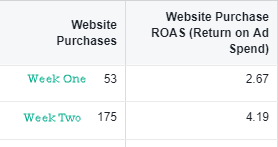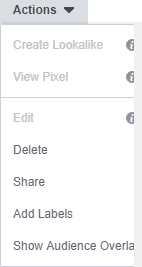A huge problem running rampant in Facebook ad accounts is overlapping audience issues. Since I’ve seen it so often recently, let’s talk a little bit about how this happens, the problems, and the workarounds.
Scenario 1: “I want to see more granular results in my Facebook ad sets.”
It would be great to see with absolute granularity how certain targeting converts with your ads. It’s tempting to set up separate ad sets with a single interest in each.
It’s also a quick way to create problems for yourself.
Why?
Interests and targets don’t exist as separate and distinct entities in Facebook.
For example, let’s say you have a product that weight lifters would love. If you set up one ad set targeting a weight lifting interest, and another targeting a popular magazine for weight lifters, they aren’t really separate audiences. Sure, they are listed as two separate things you can target, but a lot of users who are members in one probably belong to the other, too.

Scenario #2: The creative tester
Facebook ads suck at testing creative natively. So, a lot of times ad set duplication is done in order to get Facebook to run creatives more evenly since it doesn’t do that well when there are multiple creatives in a single ad set.
Scenario #3: The Facebook ads account scaler
One of the fun tricks we use a lot in scaling spend up in Facebook advertising is duplicating the ad sets that are doing well. They are like a little clone army that captures more audience and keeps delivering that awesome return. However, that tactic has waned a LOT in recent months.
These are the most common ways and reasons that you’ll come across audience overlap. They are all good reasons and would normally be good strategies, right? Well, not so much when it comes to Facebook Ads.
Here are the problems they cause:

Problem #1: You’re beating your users over the head
When you list the same audiences in two separate ad sets, now you have a user who belongs to both. Which means they get served an ad from each ad set…and that can add up to a lot.
If you check your frequency frequently (see what I did?), it will not account for this. It only shows frequency at the ad set level, not at a user level. (See photo to left as a reminder of where this lives.)
So, your users could be seeing a lot more of you than you think, and you’re coming off as a pain in the tush.
Problem #2: You are bidding against yourself
Not only are you now competing against yourself in the Facebook ads auction for the same users, but it can have a severe impact on performance with this combined with Problem #1.
I recently took over a large ecomm account that had quite a few problems. One of the biggest ones that was rampant were duplicate audiences. They were everywhere, spread across lots of campaigns and tons of ad sets. It was maddening. Just as I thought I’d caught them all, I kept uncovering more!
What was amazing to see was how the ad sets’ performance soared once the other duplicates were removed elsewhere.

Here’s how I (painstakingly) addressed this
1.I pulled ad sets and their performance into Excel, and then made notes next to those that contained duplicate audiences.
2. I removed the duplicates from the lower-performing instances, which allowed everything to consolidate under the best performing ad set version.
It was amazing to watch. Now, this is a client with mid-six figure spend, so the coverage in each ad set was healthy. This increased the likelihood that they were hitting the same users again and again.
Problem #3: Facebook is catching on to duplicate audiences
One of the fun tricks we use a lot in scaling spend up is duplicating the ad sets that are doing well. They are like a little clone army that captures more audience and keeps delivering that awesome return.
A lot of times this duplication is also done in order to get Facebook to run creatives more evenly since it doesn’t do that well when there are multiple creatives in a single ad set.
Last year a rep warned me that Facebook was starting to work on cracking down on this. Obviously they have concerns about frequency and users getting hit from all sides by the issue I outlined in #1. I kind of shrugged it off, but sure enough, I started to notice the past few months it’s doing what the rep said it would: when it detects identical audiences, it picks an ad set as the winner and moves the impressions there.
What’s an advertiser to do?
First, for audiences you know you’re going to run at a pretty large scale or often, use the Audience Overlap Tool.
It’s kind of a pain because you have to save audiences in order to use it, but it’s useful, ultimately.
To access the tool, go into your Settings –> Audiences area. From the list of audiences, tick off the ones you want to see overlap between. Then go up to Actions, and choose “Audience Overlap” from the options:

Then it will show you the percentage of overlap among the audiences you selected:

This is a good example of almost no overlap. In this case, I’d run these in two separate ad sets. If, however, the overlap rate was high, I’d combine these two audiences into the same ad set.
If you were doing it to test creative, I encourage you to use the Split Test Feature (they recently added the ability to specify creative as the thing tested).
If you were doing it to scale, well…I’m finding it’s not working that well. On smaller levels it seems to, but try and do it past a certain spend, and one of those ad sets’ results are going to fall right off the map. Scaling is still an imperfect science in Facebook, but one I’m documenting to share in the future as I find some more consistent results. No better answer for that at the moment, I’m afraid.
All of these solutions, while imperfect, should help get you on the right path if you find you’re encountering any of the three main problems noted here. Of course, further experimenting is also a preferred (and fun!) method as well.

Great article! For some reason (GDPR?) I no longer have a working Audience Overlap tool 🙁 Whenever I try to use it, it says that audiences under 1k cannot be tested for overlap which is ok except that the audiences in question are all above 30k. I guess it is a bug but who knows…..